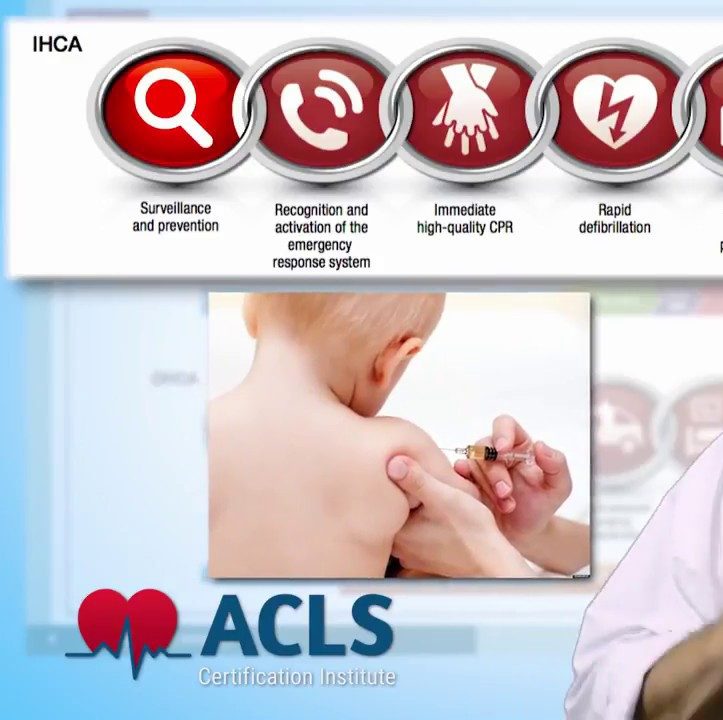
- Assess and Activate First check the patient for unresponsiveness and call for help. If someone is available to help you, have them activate the emergency response system by calling 911, and send them to get naloxone and an AED. Observe the patient for breathing versus no breathing or only gasping.
- Begin CPR If the patient is unresponsive with no breathing or is only gasping, perform a pulse check and begin CPR if it is appropriate for the patient’s condition. If you are alone, perform CPR for 2 minutes and then call 911 and get the naloxone and AED.
- Administer Naloxene Give the patient naloxone as soon as it is available. Give 2 mg intranasal or 0.4 mg intramuscular. You may repeat the doses after 4 minutes.
- Does the patient respond? Watch the patient for responsiveness. Do they move purposefully, breathe regularly, moan, or otherwise respond?
- Stimulate and Reassess If the patient is responsive, continue to monitor until help arrives. If at any time the patient becomes unresponsive, perform a pulse check, ensure the airway remains open and begin CPR if the situation warrants, and repeat naloxone.
- Use AED and continue CPR If the patient is unresponsive, perform a pulse check. If no pulse is present, immediately perform CPR and attach the AED to the patient. Ensure the airway is open and monitor the patient until help arrives. Administer a second dose of naloxone after 4 minutes have passed since the first dose, if the situation warrants.
Recommended Articles

What is the Difference Between BLS and ACLS?
Do you know the difference between BLS and ACLS certifications? At ACLS, we provide convenient and accredited online certifications with our comprehensive programs.




